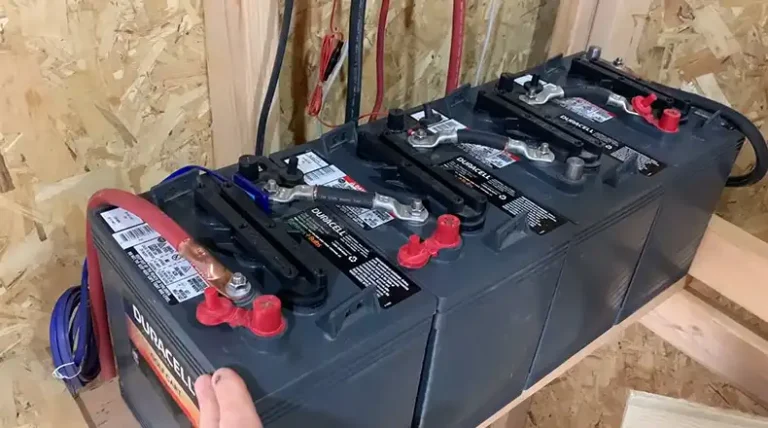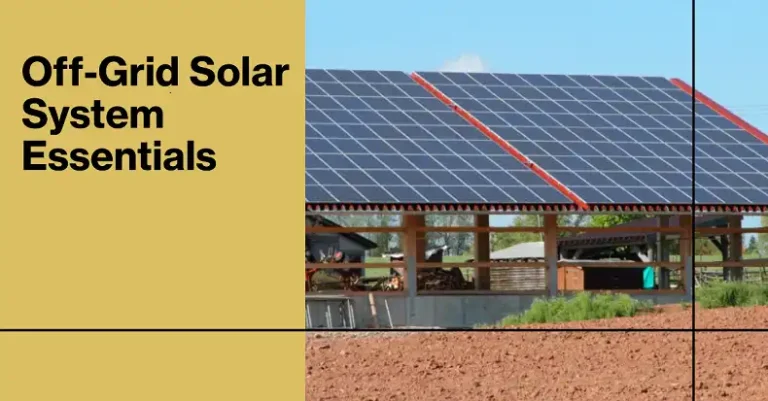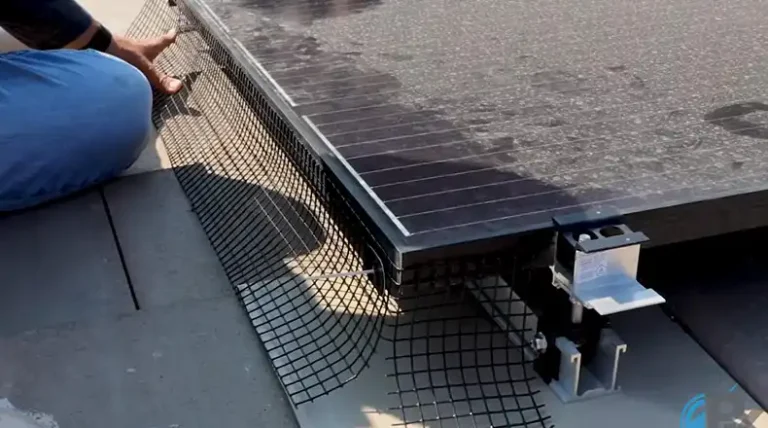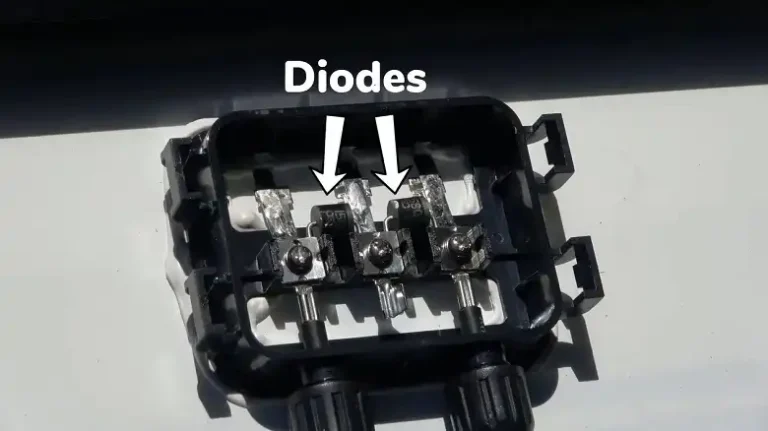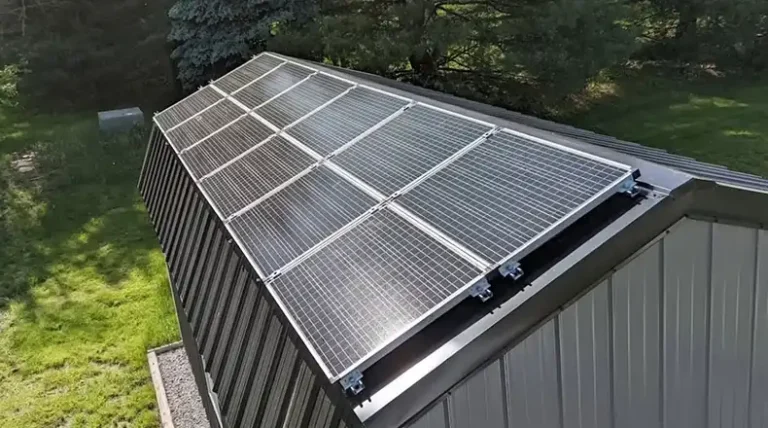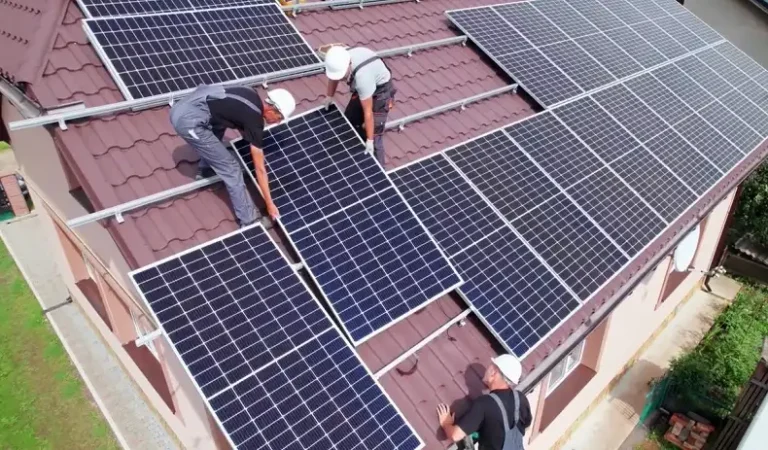How Efficient is a 550-Watt Solar Panel?
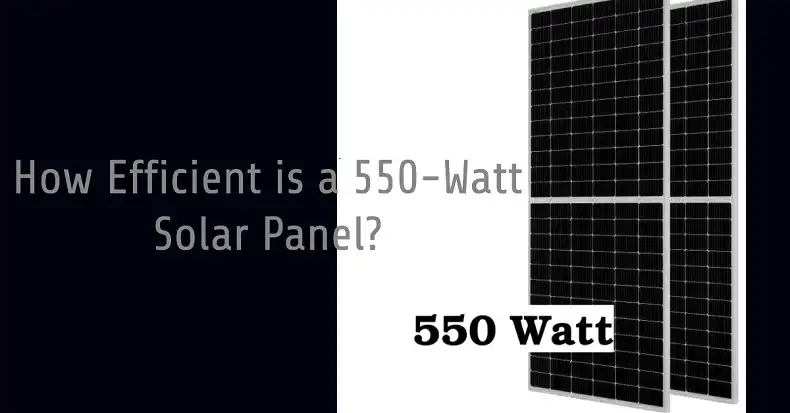
Solar energy has become a pivotal part of the global shift towards renewable energy sources. Among the various options available, 550 watt solar panels stand out due to their significant power output and efficiency. Understanding the efficiency of these panels is crucial for homeowners and businesses looking to invest in solar technology. This article will discuss the efficiency of 550-watt solar panels, exploring their performance metrics, influencing factors, real-world expectations, and more.
What Are 550 Watt Solar Panels
A 550 watt solar panel is designed to produce a maximum of 550 watts of electricity under optimal conditions, known as peak power output or Watt-peak (Wp). This rating is determined under Standard Test Conditions (STC), which include a solar irradiance of 1000 W/m², a temperature of 25°C, and an air mass of 1.5. These conditions, however, rarely occur in real-world scenarios.
Typically, 550 watt panels measure around 1.7 meters by 1.0 meters and are commonly used in residential and commercial installations. Their size and output make them suitable for various applications, from powering homes to supporting larger commercial systems.
Efficiency Metrics for 550 Watt Panels
The efficiency of a solar panel is expressed as a percentage, indicating how much sunlight is converted into usable electricity. For 550 watt panels, the conversion efficiency typically ranges from 15% to 22%. This means that if 1000 watts of sunlight hit the panel, it can convert 150 to 220 watts into electricity.
To illustrate this, consider a 550 watt panel with an efficiency of 20%. Under STC, it could theoretically produce 550 watts. However, real-world conditions—such as temperature fluctuations and shading—can reduce this output. For example, if a panel operates at 80% of its rated output due to less-than-ideal conditions, it would generate approximately 440 watts.
How to Calculate Efficiency for a 550 Watt Panel
To calculate the efficiency of a 550 watt panel, you can use the formula:
Efficiency=(Output Power/ Input Power)×100
Assuming the panel produces 440 watts under real-world conditions:
Efficiency=(440 W/ 1000 W)×100=44%
This calculation shows how real-world factors can significantly affect performance.
What Affects 550 Watt Panel Efficiency
Several factors can impact the efficiency of 550 watt solar panels. These can be categorized into environmental factors, panel-related factors, and system-related factors.
Environmental Factors
Solar irradiance levels play a crucial role in the efficiency of solar panels. Higher irradiance leads to better performance. Temperature also affects efficiency; as temperatures rise, the efficiency of solar panels typically decreases. Shading from trees or buildings can drastically reduce output, while dust accumulation on panels can block sunlight.
Geographical location is another significant factor. Areas with high solar irradiance, such as deserts, will yield better performance compared to regions with frequent cloud cover.
Panel-Related Factors
The type of cell technology used in the panels influences efficiency. Monocrystalline panels generally offer higher efficiency (around 20-22%) compared to polycrystalline (15-18%) and thin-film technologies (10-12%). Advanced technologies, such as Passivated Emitter and Rear Cell (PERC) designs and half-cell configurations, can further enhance efficiency.
Panel degradation over time is also a consideration. Most panels come with a performance warranty that guarantees a certain level of efficiency over 25 years, typically around 80% of the original output.
System-Related Factors
The efficiency of the entire solar system is affected by the inverter’s efficiency, which converts DC electricity generated by the panels into AC electricity used in homes. Wiring and connection losses can also reduce overall efficiency. Proper installation angle and orientation towards the sun can optimize energy capture.
Real-World Performance Expectations
In practical scenarios, 550 watt panels typically operate at 70-80% of their rated output due to the aforementioned factors. This means that instead of producing a full 550 watts, users can expect around 385 to 440 watts under average conditions.
To estimate daily energy production, consider the following example: If a 550 watt panel operates at 75% efficiency for 5 hours of peak sunlight, the calculation would be:
Daily Energy Production=Rated Power×Efficiency×Hours of Sunlight
Daily Energy Production=550 W×0.75×5 hours=2062.5 Wh or 2.06 kWh
Over a month, this could yield approximately 61.8 kWh, translating to around 741.6 kWh annually.
Bottom Line
In summary, the efficiency of 550 watt solar panels is influenced by a variety of factors, including environmental conditions, panel technology, and system design. Understanding these elements is essential for maximizing energy production and ensuring a worthwhile investment in solar technology.
As the industry evolves, ongoing advancements promise to enhance the efficiency and economic viability of solar panels, making them an increasingly attractive option for energy generation.

